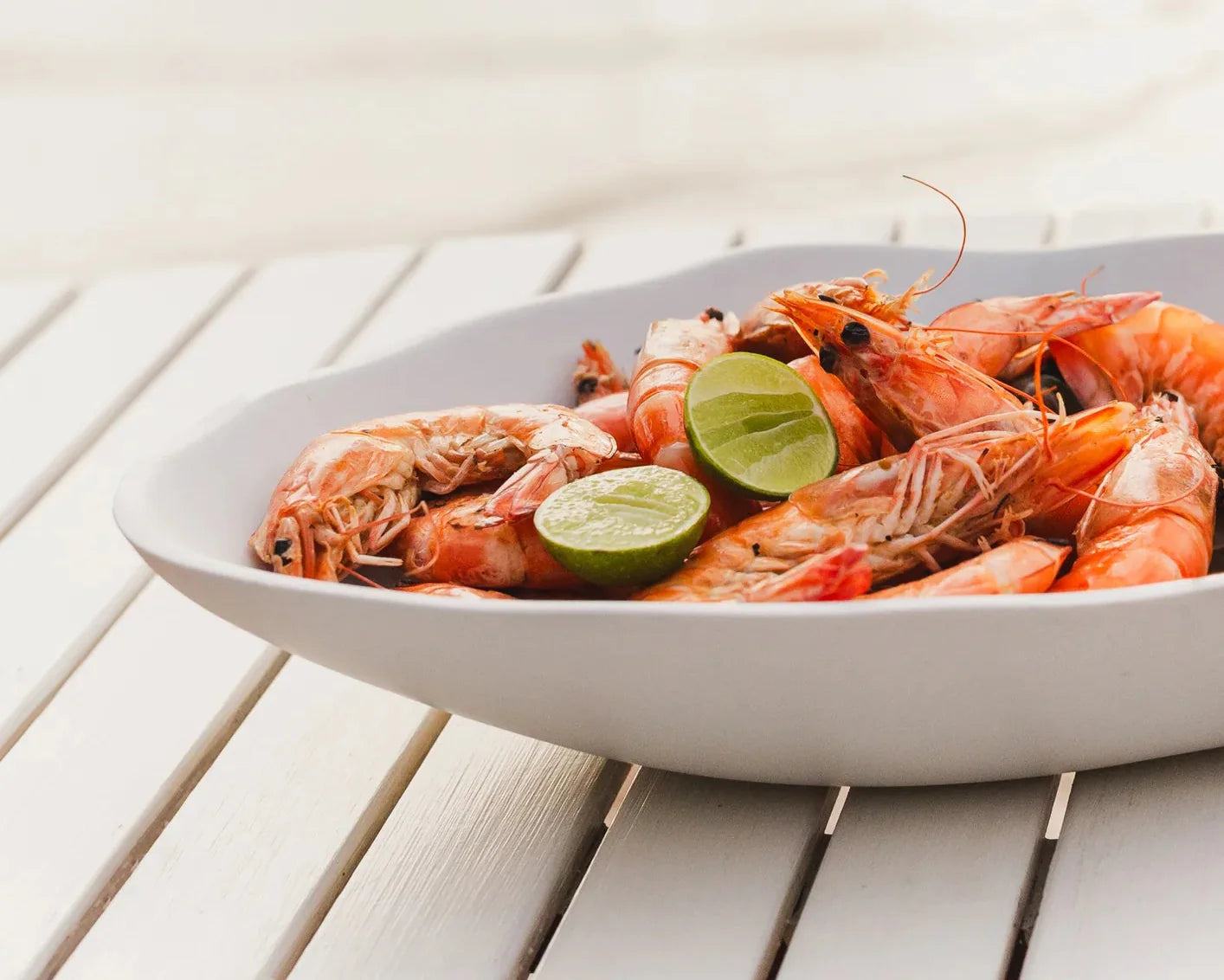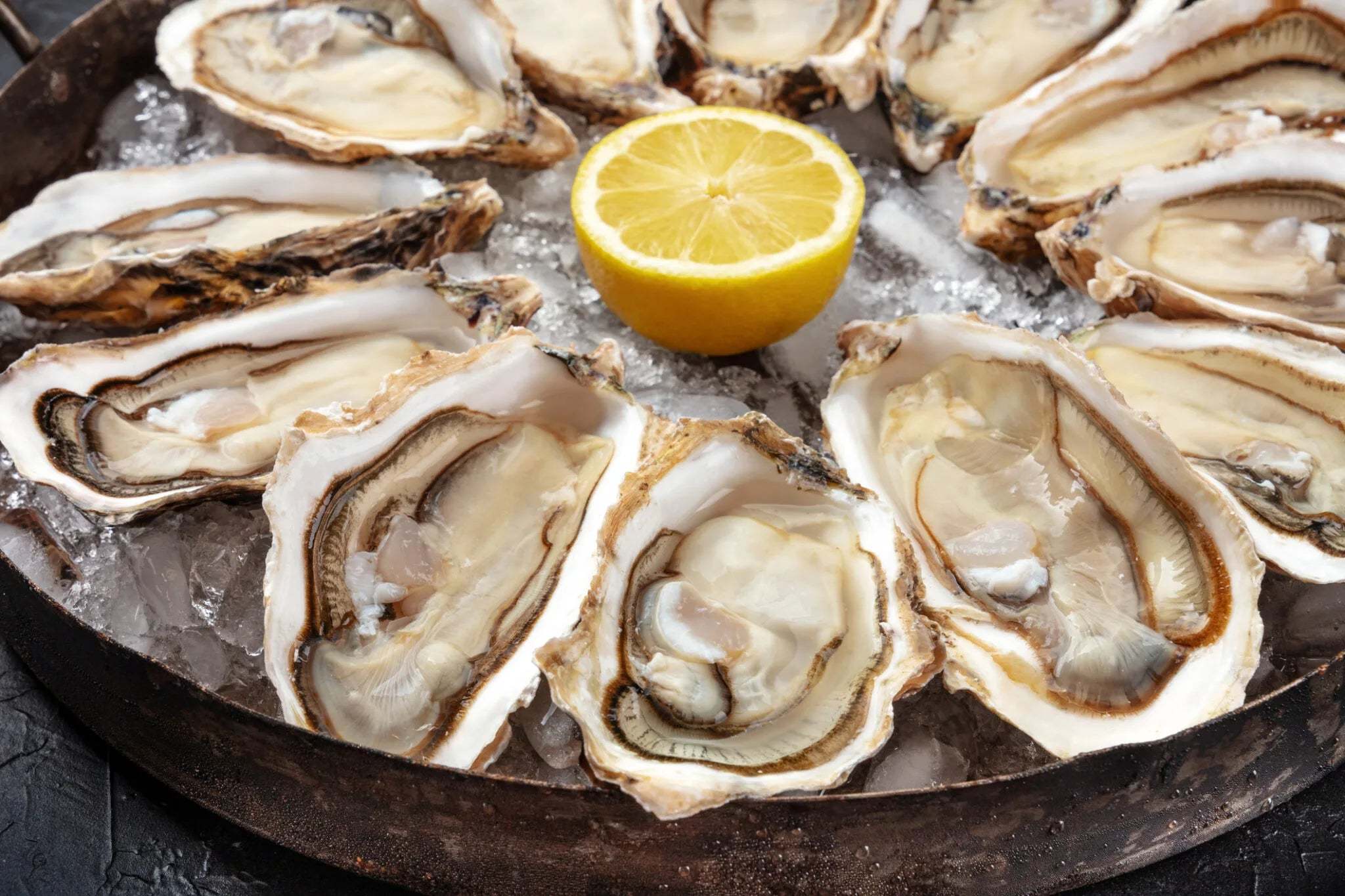
Why Cooking Seafood Outdoors is a Game-Changer
Cooking seafood outdoors is more than just a culinary activity—it’s an experience that combines flavor, social connection, and the beauty of nature. One of the most compelling reasons to cook seafood outdoors is the way it transforms the flavors of the dish. The open-air environment, combined with techniques like grilling or smoking, infuses seafood with a depth of flavor that’s hard to replicate indoors. The smoky aroma from charcoal or wood, the slight char from a grill, and the freshness of the seafood itself create a sensory experience that’s unmatched.
Beyond the flavors, outdoor cooking fosters a sense of community. Whether it’s a backyard barbecue, a beachside picnic, or a camping trip, preparing seafood outdoors encourages people to gather, share stories, and bond over food. The act of cooking becomes a shared experience, turning meals into memorable moments. Additionally, cooking outdoors connects you to nature, allowing you to enjoy the fresh air, sunshine, and the sounds of the environment while preparing your meal. This connection can be both relaxing and invigorating, making the process of cooking seafood outdoors a true game-changer.
Health Benefits of Cooking Seafood
Seafood is widely celebrated for its nutritional value, making it a cornerstone of healthy eating. Rich in omega-3 fatty acids, seafood supports heart health, brain function, and reduces inflammation. It’s also an excellent source of lean protein, vitamins like B12 and D, and minerals such as selenium and iodine. Cooking seafood outdoors can enhance these health benefits by preserving its natural nutrients through methods like grilling or smoking.
Grilling, for instance, is a low-fat cooking method that doesn’t require heavy oils or butter, allowing the seafood’s natural flavors and nutrients to shine. Smoking, on the other hand, uses indirect heat and adds a layer of complexity to the flavor without compromising the nutritional profile. Outdoor cooking also encourages the use of fresh, local seafood, which is often more nutrient-dense and sustainable compared to frozen or imported options. By combining the health benefits of seafood with the advantages of outdoor cooking, you can create meals that are both delicious and nourishing.
Flavor Enhancement Through Outdoor Cooking Techniques
Outdoor cooking techniques like grilling, smoking, and open-fire cooking have a unique ability to elevate the natural flavors of seafood. Grilling, for example, caramelizes the surface of the fish, creating a crispy exterior while keeping the inside tender and juicy. The high heat of the grill locks in the seafood’s natural juices, resulting in a dish that’s bursting with flavor. Smoking, on the other hand, imparts a rich, smoky aroma that complements the delicate taste of seafood, making it a favorite method for preparing items like salmon or shrimp.
Why Cooking Seafood Outdoors is a Game-Changer
Cooking seafood outdoors is more than just a culinary activity—it’s an experience that combines flavor, social connection, and the beauty of nature. One of the most compelling reasons to cook seafood outdoors is the way it transforms the flavors of the dish. The open-air environment, combined with techniques like grilling or smoking, infuses seafood with a depth of flavor that’s hard to replicate indoors. The smoky aroma from charcoal or wood, the slight char from a grill, and the freshness of the seafood itself create a sensory experience that’s unmatched.
Beyond the flavors, outdoor cooking fosters a sense of community. Whether it’s a backyard barbecue, a beachside picnic, or a camping trip, preparing seafood outdoors encourages people to gather, share stories, and bond over food. The act of cooking becomes a shared experience, turning meals into memorable moments. Additionally, cooking outdoors connects you to nature, allowing you to enjoy the fresh air, sunshine, and the sounds of the environment while preparing your meal. This connection can be both relaxing and invigorating, making the process of cooking seafood outdoors a true game-changer.
Health Benefits of Cooking Seafood
Seafood is widely celebrated for its nutritional value, making it a cornerstone of healthy eating. Rich in omega-3 fatty acids, seafood supports heart health, brain function, and reduces inflammation. It’s also an excellent source of lean protein, vitamins like B12 and D, and minerals such as selenium and iodine. Cooking seafood outdoors can enhance these health benefits by preserving its natural nutrients through methods like grilling or smoking.
Grilling, for instance, is a low-fat cooking method that doesn’t require heavy oils or butter, allowing the seafood’s natural flavors and nutrients to shine. Smoking, on the other hand, uses indirect heat and adds a layer of complexity to the flavor without compromising the nutritional profile. Outdoor cooking also encourages the use of fresh, local seafood, which is often more nutrient-dense and sustainable compared to frozen or imported options. By combining the health benefits of seafood with the advantages of outdoor cooking, you can create meals that are both delicious and nourishing.
Flavor Enhancement Through Outdoor Cooking Techniques
Outdoor cooking techniques like grilling, smoking, and open-fire cooking have a unique ability to elevate the natural flavors of seafood. Grilling, for example, caramelizes the surface of the fish, creating a crispy exterior while keeping the inside tender and juicy. The high heat of the grill locks in the seafood’s natural juices, resulting in a dish that’s bursting with flavor. Smoking, on the other hand, imparts a rich, smoky aroma that complements the delicate taste of seafood, making it a favorite method for preparing items like salmon or shrimp.
Open-fire cooking, often done over a campfire, adds a rustic charm to seafood dishes. The direct heat and subtle smokiness from the fire create a unique flavor profile that’s both earthy and satisfying. These techniques not only enhance the taste but also provide a sensory experience that’s deeply tied to the outdoor environment. The crackling of the fire, the aroma of the smoke, and the sight of seafood sizzling on the grill all contribute to a meal that’s as enjoyable to prepare as it is to eat.
The Role of Charcoal and Wood in Flavor Development
Charcoal and wood play a pivotal role in outdoor cooking, especially when it comes to seafood. Charcoal provides consistent heat and a subtle smokiness that enhances the natural flavors of the fish. It’s particularly effective for grilling, where the high heat creates a perfect sear on the seafood’s surface. Wood, on the other hand, offers a broader range of flavor possibilities depending on the type used. For instance, cedar wood adds a sweet, aromatic quality to fish, while hickory or mesquite imparts a bold, smoky flavor.
Using wood planks, such as cedar or maple, is a popular technique for cooking seafood outdoors. The plank acts as a barrier between the fish and the direct heat, allowing it to cook slowly while absorbing the wood’s flavors. This method is ideal for delicate fish like salmon or trout, which benefit from the gentle cooking process and the infusion of natural aromas. Whether you’re using charcoal or wood, these elements are essential for creating seafood dishes that are rich, flavorful, and deeply satisfying.
Popular Outdoor Seafood Recipes
Outdoor cooking opens up a world of possibilities for seafood recipes. Grilled salmon is a classic choice, with its crispy skin and tender, flaky interior. Marinate the salmon in a mixture of olive oil, lemon juice, garlic, and herbs before grilling to enhance its natural flavors. Smoked shrimp is another crowd-pleaser, offering a smoky, savory taste that pairs perfectly with a tangy dipping sauce. For a more rustic option, try cooking fish on a cedar plank. The wood imparts a subtle sweetness to the fish while keeping it moist and flavorful.
Other popular recipes include grilled scallops, which caramelize beautifully on a hot grill, and seafood kebabs, where chunks of fish, shrimp, and vegetables are skewered and cooked to perfection. For those who enjoy shellfish, grilled oysters or clams are a must-try, offering a smoky twist on these ocean delicacies. These recipes not only showcase the versatility of seafood but also highlight the unique flavors that outdoor cooking can bring to the table.
The Social Aspect of Outdoor Seafood Cooking
Cooking seafood outdoors is inherently social. The open-air setting creates a relaxed atmosphere where people can gather, chat, and enjoy each other’s company. Whether it’s a casual backyard barbecue or a more elaborate beachside cookout, the act of preparing and sharing food brings people together. Seafood, with its variety and appeal, is particularly suited for these gatherings. From grilled fish to smoked shrimp, there’s something for everyone to enjoy.
The interactive nature of outdoor cooking also adds to the social experience. Guests can participate in the preparation, whether it’s marinating the fish, skewering kebabs, or tending to the grill. This collaborative effort turns the meal into a shared activity, fostering connection and camaraderie. The communal aspect of outdoor seafood cooking makes it more than just a meal—it’s an event that creates lasting memories.
Tips for Hosting a Seafood Cookout
Hosting a seafood cookout requires a bit of planning, but the results are well worth the effort. Start by selecting a variety of seafood to cater to different tastes, such as fish, shrimp, scallops, and shellfish. Plan your menu around outdoor-friendly recipes like grilled salmon, smoked shrimp, or seafood kebabs. Make sure to have all the necessary equipment, including a grill, smoker, and utensils like tongs and fish spatulas.
Create a comfortable and inviting atmosphere by setting up seating, lighting, and decor that complements the outdoor setting. Consider adding a few side dishes and beverages that pair well with seafood, such as grilled vegetables, fresh salads, and crisp white wine. Finally, ensure you have proper storage for the seafood to keep it fresh until it’s time to cook. With these tips, you can host a seafood cookout that’s both delicious and memorable.
Environmental Benefits of Outdoor Cooking
Outdoor cooking has several environmental benefits, particularly when compared to indoor cooking. For one, it reduces energy consumption by eliminating the need for electric stoves or ovens. Cooking over charcoal, wood, or gas is often more energy-efficient and can lower your overall carbon footprint. Additionally, outdoor cooking encourages the use of fresh, local seafood, which supports sustainable fishing practices and reduces the environmental impact of transportation.
By choosing outdoor cooking methods, you can also minimize waste. For example, grilling or smoking often requires fewer disposable items like foil or plastic wrap, and leftovers can be easily repurposed into new dishes. The connection to nature that outdoor cooking fosters can also inspire more eco-friendly habits, such as composting food scraps or using biodegradable utensils. These practices not only benefit the environment but also enhance the overall experience of cooking seafood outdoors.
Essential Tools and Equipment for Outdoor Seafood Cooking
To cook seafood outdoors effectively, you’ll need the right tools and equipment. A portable grill is a must-have, whether it’s charcoal, gas, or electric. Smokers are ideal for adding depth to the flavor of seafood, while wood planks like cedar or maple are perfect for delicate fish. Other essential tools include fish spatulas, tongs, skewers, and a meat thermometer to ensure your seafood is cooked to perfection.
Investing in high-quality equipment can make a significant difference in your outdoor cooking experience. Look for durable, easy-to-clean tools that can withstand the elements. Portable coolers are also essential for keeping seafood fresh before cooking. With the right equipment, you can enjoy the process of outdoor seafood cooking without any hassle.
Maintenance Tips for Outdoor Cooking Equipment
Proper maintenance of your outdoor cooking equipment is crucial for ensuring its longevity and performance. After each use, clean your grill or smoker thoroughly to remove grease and food residue. Use a grill brush to scrub the grates and wipe down the exterior with a damp cloth. For wood planks, rinse them with water and allow them to air dry completely before storing.
Store your equipment in a dry, sheltered area to protect it from the elements. If you’re using charcoal or wood, keep them in a sealed container to prevent moisture from affecting their quality. Regular maintenance not only extends the life of your tools but also ensures that your seafood dishes are cooked safely and efficiently.
Safety Tips for Cooking Seafood Outdoors
Safety is paramount when cooking seafood outdoors. Start by handling seafood properly to avoid contamination. Keep raw seafood separate from other ingredients and use separate utensils for preparation and cooking. Always wash your hands thoroughly before and after handling seafood. Use a meat thermometer to check the internal temperature of the fish, ensuring it reaches at least 145°F for safe consumption.
When cooking over an open flame, be mindful of fire safety. Keep a fire extinguisher or a bucket of water nearby in case of emergencies. Avoid wearing loose clothing that could catch fire and supervise the cooking area at all times. By following these safety tips, you can enjoy the process of outdoor seafood cooking without any risks.
Pairing Seafood with Outdoor Ambiance
The outdoor environment adds a unique dimension to the seafood dining experience. The fresh air, natural light, and open space create a relaxing atmosphere that enhances the enjoyment of the meal. Pairing seafood with the right ambiance can elevate the experience even further. Consider setting up string lights or lanterns for evening cookouts, or using picnic blankets and beach chairs for a casual seaside meal.
Music can also play a role in creating the perfect atmosphere. Choose tunes that complement the setting, whether it’s soft acoustic melodies for a backyard barbecue or upbeat tracks for a lively beach party. The combination of delicious seafood and a thoughtfully curated ambiance makes outdoor cooking an unforgettable experience.


